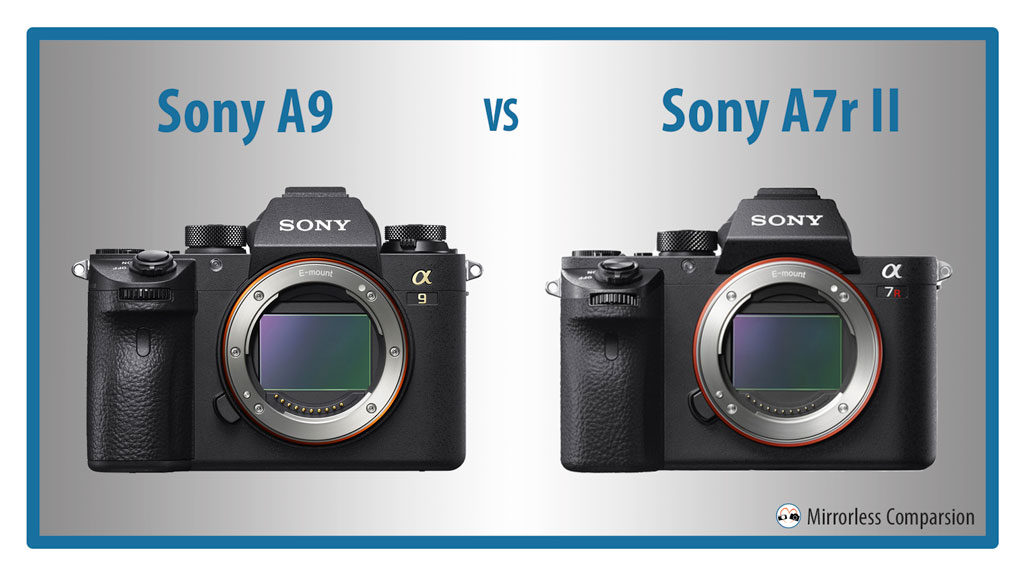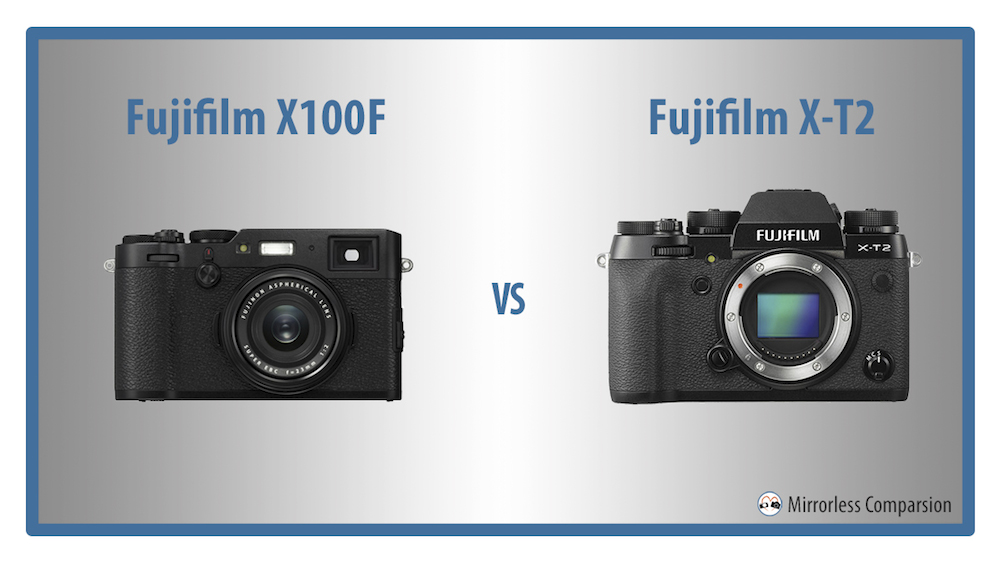In a very short time, Sony went from being a promising yet relatively inexperienced manufacturer of digital cameras to a serious competitor on the digital imaging market. In fact, just recently Sony outclassed Nikon to become the second best seller of full-frame cameras in the US. This was a significant step forward for a brand that only became serious about digital photography 11 years ago.
Preview
The 5 Main Differences Between the Canon EOS M5 and M6
Today Canon announced a new consumer-oriented mirrorless model that sits between the high-end EOS M5 and the entry-level EOS M10: the EOS M6.
Although the M5 and M6 share a number of characteristics including the same 24 Megapixel APS-C sensor, Dual Pixel CMOS AF with 80% phase detection point coverage, DIGIC 7 processor, and Full HD video up to 60fps with electronic stabilisation for video recording, there are a few subtle ways in which they differ as we’ll discover in this (rather short) comparison preview!
The 10 Main Differences Between the Fujifilm X100F and X-Pro2
When the Fujifilm X series was in its infancy, there were but two ranges to choose between: the fixed-lens X100 series of premium compacts and the interchangeable X-Pro series.
Since then, the X100 series has been upgraded three times (the X100S, X100T and most recently, the X100F), and the X-Pro1 was recently replaced by the X-Pro2 following a three-year gap. Despite one being a fixed lens premium compact and the other an interchangeable lens camera, these two models actually have much in common, from their vintage rangefinder design and 24MP X-Trans III APS-C sensor to their hybrid autofocus system and Full HD video capabilities. There are, however, a few ways in which they differ which we’ll be covering in the following comparison preview. Let’s get started!
The 10 Main Differences Between the Fujifilm X100F and X-T2
The Fujifilm X Series is made up of two separate strains: the interchangeable lens series and the premium fixed-lens compact series. The X-T2, along with its rangefinder-like sibling the X-Pro2, is the current flagship camera of the interchangeable lens series, while the recently-announced X100T sits at the top of the premium compact range.
Despite being very different products, potential users often have difficulty choosing between the interchangeable lens and premium compact models for the simple reason that they possess many of the same features.
10 Main Differences Between the Fujifilm X-T20 and Sony a6300 / a6500
As of early 2017, there are three mirrorless APS-C models that best balance the latest advanced features and affordability: the brand new Fujifilm X-T20 and the Sony a6300 / a6500.
The a6300, released in early 2016, was followed only a few months later by the a6500. Barring a few features such as 5-axis stabilisation and a touch sensitive screen, the two Sony cameras are almost identical in terms of their specifications.





